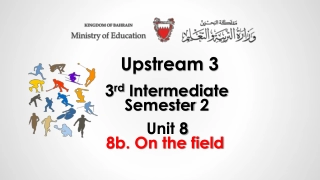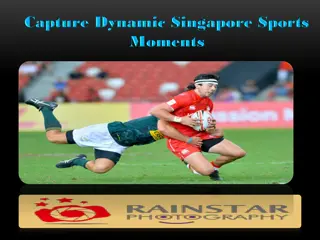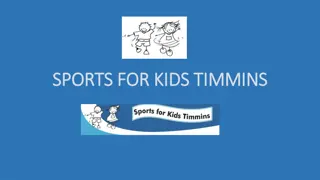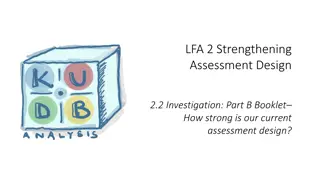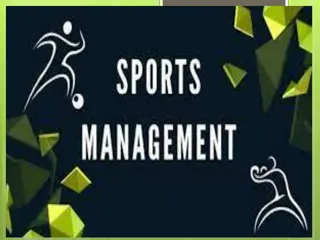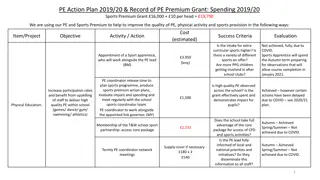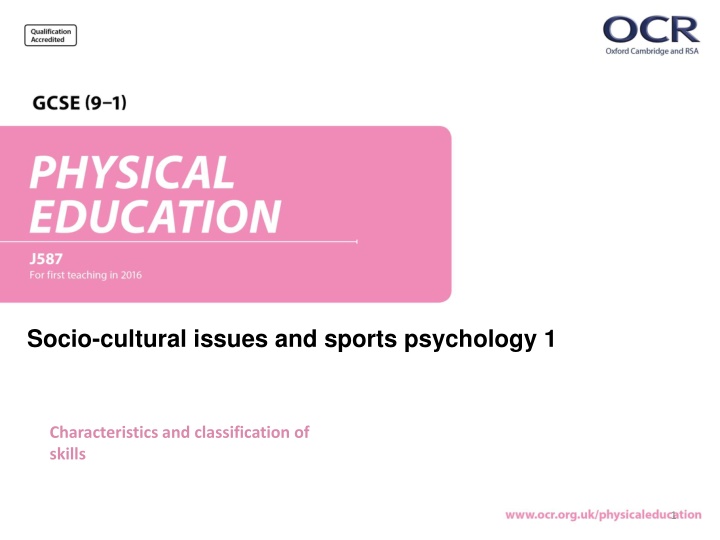
Characteristics of Skilful Movement in Sports Psychology
Explore the characteristics and classification of skills in sports psychology, focusing on mental preparation techniques, motor skills, and skilful movement examples in sports. Dive into selective attention, positive thinking, imagery, and more for optimal athletic performance.
Download Presentation

Please find below an Image/Link to download the presentation.
The content on the website is provided AS IS for your information and personal use only. It may not be sold, licensed, or shared on other websites without obtaining consent from the author. If you encounter any issues during the download, it is possible that the publisher has removed the file from their server.
You are allowed to download the files provided on this website for personal or commercial use, subject to the condition that they are used lawfully. All files are the property of their respective owners.
The content on the website is provided AS IS for your information and personal use only. It may not be sold, licensed, or shared on other websites without obtaining consent from the author.
E N D
Presentation Transcript
Socio-cultural issues and sports psychology 1 Characteristics and classification of skills 1
2.2 Sports Psychology: Characteristics and classification of skills 2
Do it now! Change exam questions 3
1. 2. Draw the revision aid for Mental Preparation techniques and list the 4 techniques which can be used A sprinter focusing on the finishing line and not worrying about the runner in the next lane is an example of which mental preparation technique? (5 marks) (1 mark) 3. 4. (1 mark) (1 mark) 4
1. 2. Selective attention blocking out irrelevant information Positive thinking, Imagery, Mental rehearsal and selective attention 4. 3. 5
Motor Skills A motor skill is An action or task that has a target or goal that requires voluntary body and/or limb movement to achieve this goal Two ways to use the word skill 1.To see a specific task e.g. A drop shot in badminton is a skill 2.To describe the quality of an action e.g. They showed great skill when performing a somersault/Messi is a skilful player Task - What are the characteristics of a skilful movement? Could you break this down into 5 specific areas necessary in a skilful movement? Skills video .. Watch the video and write down your 5 keywords on your whiteboards . 6
Characteristics of a skilful movement PEA FC! Task: for each of the PEA FC characteristics, list your own example from your chosen sport Sport chosen: _______________________: Pre determined example: _____________________________________________________________________________ _____________________________________________________________________________ 8
Exam Answers - Purple pen 11. 12
Give one practical example of using mechanical guidance when learning a motor skill Change these!!!!(1 mark) (1 mark) Give two mental preparation techniques a sports performer might use to prepare themselves before a competition (2 marks) 16
Classification of skills - Difficulty continuum Simple skills: Complex skills: Few decisions to make Many subroutines Little information to process Lots of information to process Little feedback required Lots of feedback required Taught as a whole in a repetitive way to ensure good memory simple skill Taught in stages to allow the brain to remember each subroutine complex skill Examples? Examples?
Classification of skills - Environmental continuum Closed: Open: Self paced (you control the start and finish) Externally paced Predictable environment Environment constantly changing Repeatable technique Varied practice in different situations Practices repeat the exact same movement Movements have to be continually adapted Examples? Examples?
Goal setting Why is it important to set goals? 1. Exercise/training adherence - Setting goals can help people stick to a plan 2. Motivate - Inspires or drives people to achieve their best 3. Improve performance - Goal setting often leads to higher performance levels 27
Reasons for goal setting - task Can you come up with a practical example for each of the following reasons to use goal setting? Help improve or be more skillful e.g.________________________________________________________ To work on specific fitness ___________________________________________________________ To know what to achieve ___________________________________________________________ To ensure to stick to a task/not give up ___________________________________________________________ To motivate or encourage you ___________________________________________________________ To control your stress ___________________________________________________________ 28
Reasons for goal setting Purple pen Help improve or be more skillful e.g.goal setting can encourage a netball player to score as many points as possible. To work on specific fitness e.g. strength To know what to achieve e.g. timing a sprint run after training To ensure to stick to a task/not give up e.g. to stick to the weekly exercise class To motivate or encourage you e.g. you attend yoga class willingly To control your stress e.g. make you calmer when training 29
SMART Targets Setting goals using the SMART acronym is common in sport. SPECIFIC - Targets must be concise MEASURABLE - Use numbers in order to monitor progress ACHIEVABLE - Make targets challenging yet reachable RECORDED - Create a log/table/spreadsheet in order to make comparisons TIMED - Make sure the target has an end point 30
Task! Gives examples relating to your sport for each of the SMART steps. Here s one to start you off .. Sport: Football Specific - To improve my non dominant foot shooting in football 31
Example answer for Tennis Specific - to improve the second serve in tennis Measurable - to serve with a least 70% success rate in the service box Achievable - to win 60% of points on second serve Recorded - to write down the number of serves that are in (first and second serves) Timed to reach these goals over a 4 week period

